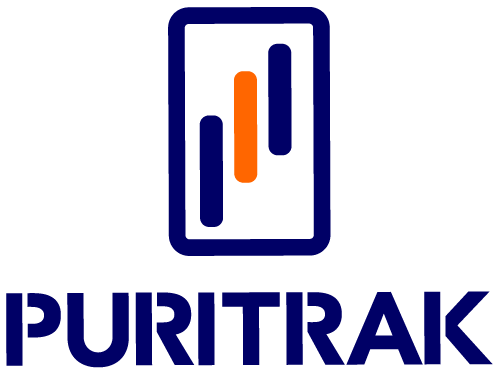Modern life requires us to pay more attention to air quality, an important factor in protecting comprehensive health. The leading air cleaning solution today is an air purifier with a HEPA filter core. This article will help you better understand the benefits and applications of HEPA filters in protecting your health.
1. What is an Air Purifier Hepa filter?

HEPA (High-Efficiency Particulate Air) filter core is an advanced air filtration technology, capable of removing at least 99.97% of fine dust particles, bacteria and impurities from 0.3 micrometers in size. .
Developed in the 1940s, HEPA filters were originally used to protect scientists from airborne radioactive particles. Today, it has become an indispensable part of air filtration devices, providing a fresh and healthy living space.
See more: What is a Hepa filter?
2. Structure and Operating Principle of HEPA Filter Core
2.1. Structure of Hepa filter core
The HEPA filter core is made of many thin layers of glass fibers, creating a complex network capable of trapping small dust particles and impurities. These fibers are stacked randomly, creating a maze that prevents dust particles from passing through.
2.2. Operating principle of Hepa filter core
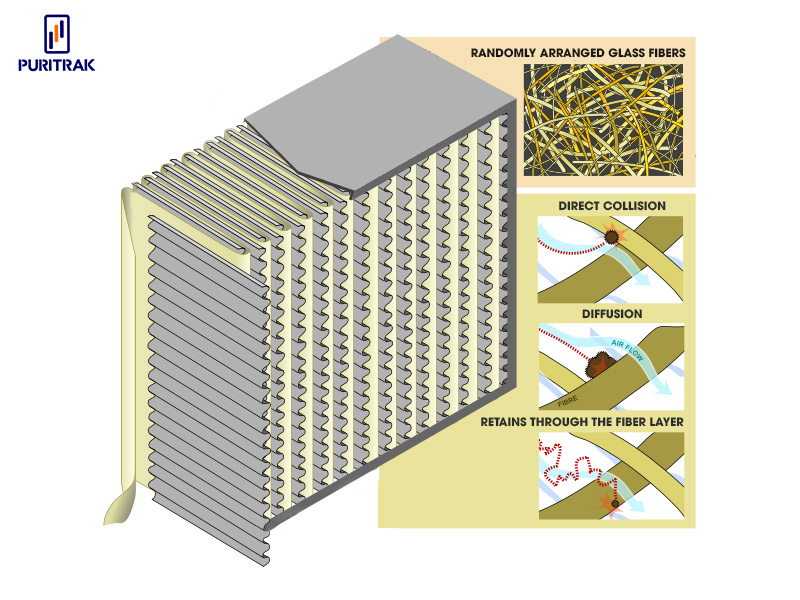
HEPA filters work based on three main mechanisms:
Direct collision: When dust particles and impurities in the air pass through the filter core, they will collide directly with the fibers and become trapped.
Diffusion: Extremely small particles will move randomly and collide with fibers, reducing the speed of movement and being easily trapped.
Retains through the fiber layer: Larger particles will not be able to follow the air flow but become trapped in the fiber layers when the air flow changes direction.
These three mechanisms combine together to help the Hepa filter core effectively remove dust particles, bacteria, mold and impurities, providing cleaner air.
See more: Activated carbon filter for air purifier
3. Classification of HEPA filter cores
Hepa filters are divided into 3 basic types based on performance and air filtration ability. Here are details about each type:
3.1. EPA filter
EPA (Efficient Particulate Air) filter is a type of filter with lower efficiency than HEPA and ULPA, but still meets air filtration standards in home and office environments.
E10: Filtration efficiency 85%
E11: Filter efficiency 95%
E12: Filter efficiency 99.5%
3.2. HEPA filter core
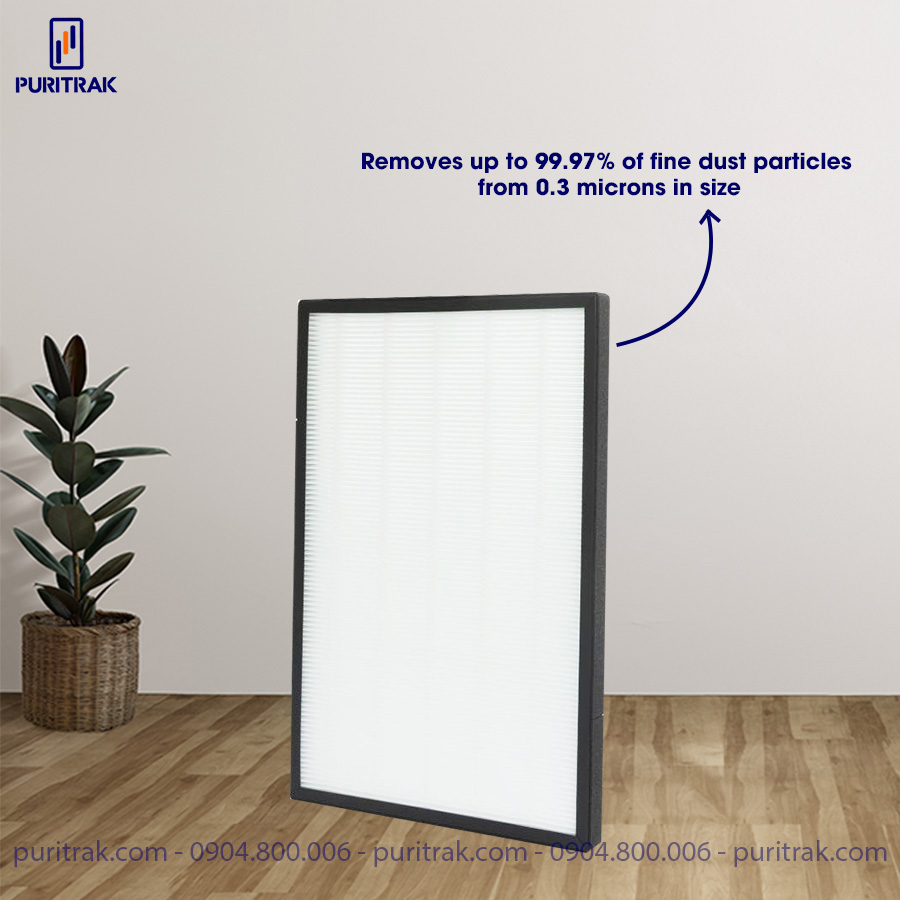
HEPA (High-Efficiency Particulate Air) filter core is the most popular type and is widely known for its ability to filter fine dust particles, bacteria and impurities from 0.3 micrometers in size.
H13: Filtration efficiency 99.97%, often used in medical equipment and clean rooms.
H14: Filtration efficiency 99.997%, used in environments that require absolute cleanliness such as laboratories and pharmaceutical production.
3.3 ULPA filter
ULPA (Ultra-Low Penetration Air) filter is the type with the highest filtration efficiency of 99.999% of dust particles and bacteria, superior to both EPA filters and HEPA filter cores.
U15: Filter efficiency 99.9995%
U16: Filtration efficiency 99.99995%
U17: Filtration efficiency 99.999995%
Often used in special environments that require extremely high cleanliness such as hospital operating rooms, laboratories and electronics manufacturing.
4. Instructions for purchasing and maintaining Hepa filter cores
4.1. Instructions for choosing and buying Hepa filter cores
Choosing to buy a HEPA filter depends on your needs: If used in the home or office, you can choose to buy types from E10 to E12. If you need to ensure a cleaner home or office environment or for medical or industrial environments, choose H13 or H14.
Next, make sure that the Hepa filter element you buy has been tested and certified to meet Hepa standards. Choose a filter element of the appropriate size for your air purifier or contact the supplier to ensure filtration efficiency.
4.2. HEPA filter core maintenance instructions
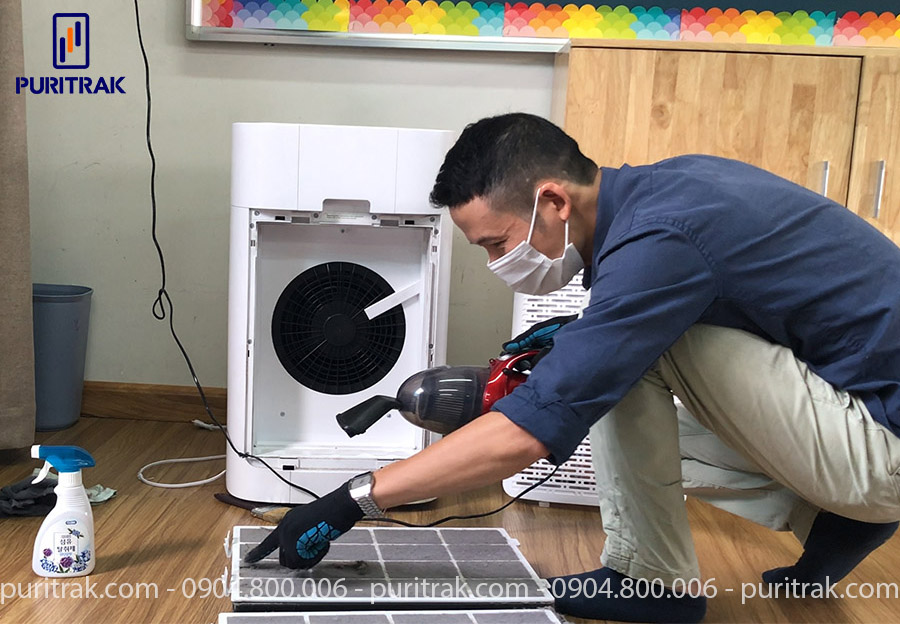
Regularly clean the filter core to ensure it still operates effectively. The ideal cleaning time is once every 1-2 months. For the hepa filter membrane, you should clean it with a vacuum cleaner, use the machine to remove the layers of dirt stuck to the membrane. Absolutely do not wash the Hepa filter, as this will break the structure of the membrane, reducing its ability to filter harmful agents in the air.
Replace on time: HEPA filters need to be replaced periodically, usually after 12-18 months of use, depending on the environment and frequency of use.
The HEPA filter core in an air purifier is the optimal solution to help protect health by purifying the air. Proper purchasing and maintenance will ensure you can always breathe fresh and safe air. Invest in a quality HEPA filter to protect the health of you and your family every day.
See more: 5 simple steps to clean air purifiers at home
Puritrak products and services:
- Puritrak air purifier
- Puritrak indoor air quality measuring device
- Puritrak outdoor air quality measuring device
- AQM solution
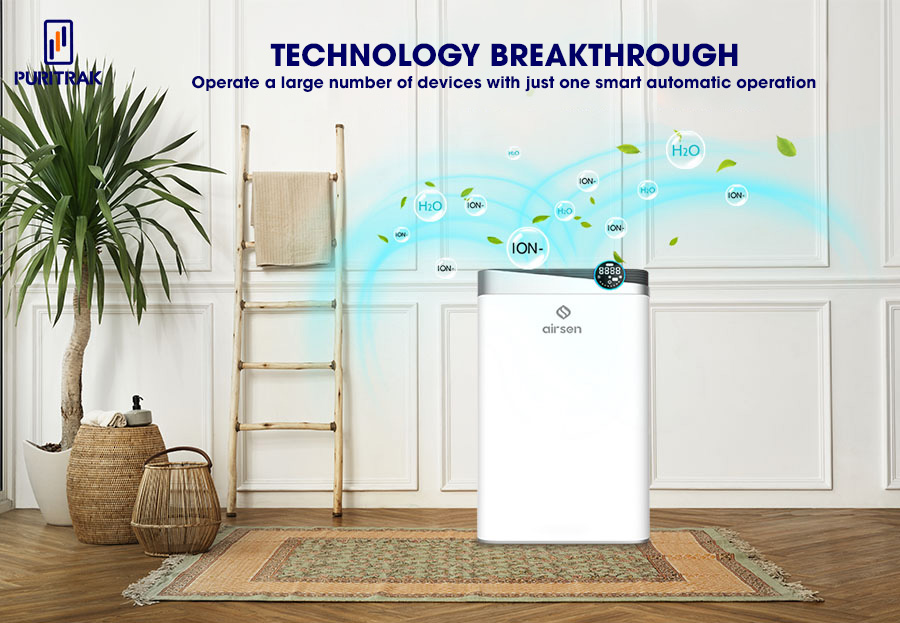
Contact info:
- Hotline: 0904.800.006
- Website: puritrak.com
- Email: [email protected]
- Fanpage: Puritrak
